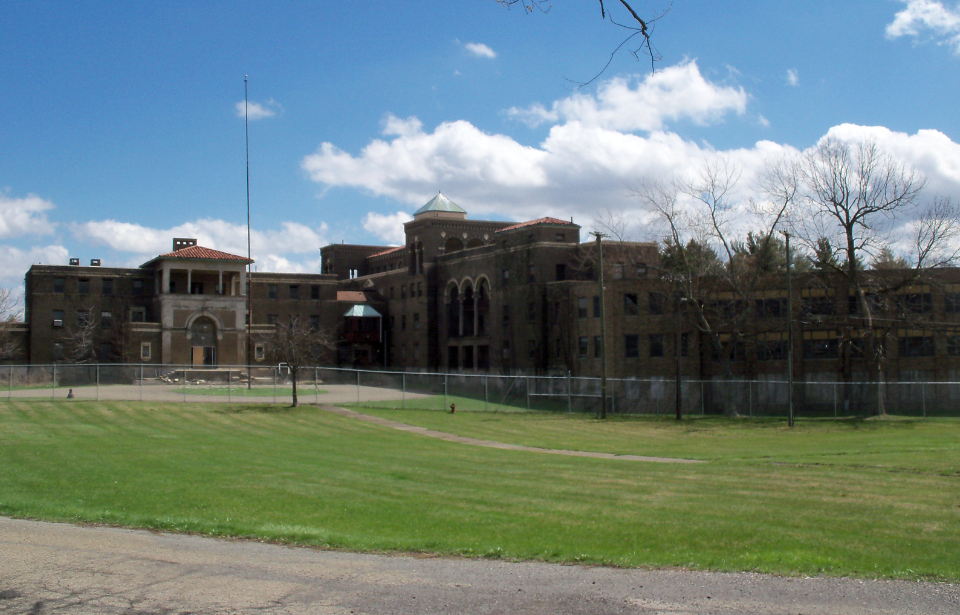The Molly Stark Sanatorium, located in Louisville, Ohio, was not just a medical facility; it served as a beacon of hope during the tuberculosis epidemic. Its establishment came at a crucial time when the disease was rampant and effective treatments were scarce. The sanatorium offered not only medical care but also a place of refuge where patients could recover in the fresh, rural air, believed to be beneficial for those suffering from tuberculosis. The architecture of the building, with its spacious, well-ventilated wards, was specifically designed to maximize patient exposure to sunlight and fresh air, which were considered essential for recovery during that era.
The Molly Stark Sanatorium was designed with the medical theories of its time
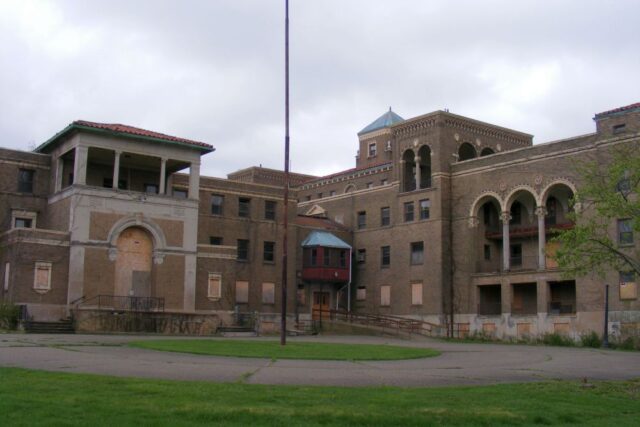
The design of the Molly Stark Sanatorium was a testament to the medical beliefs of the early 20th century. The facility opened in 1929 and was constructed with large windows and expansive balconies, allowing patients to soak in the therapeutic benefits of natural light and fresh air. This architectural style, known as “sanatorium architecture,” was prevalent in many such facilities across the country. The layout of Molly Stark was meticulously planned to prevent the spread of infection, a constant concern in the treatment of tuberculosis.
In addition to its functional design, the building was aesthetically pleasing, featuring elements of the Art Deco style that was popular at the time. Its elegant facades and detailed interior work reflected a commitment to creating an environment that was not only health-promoting but also visually appealing.
Daily routines and patient experiences
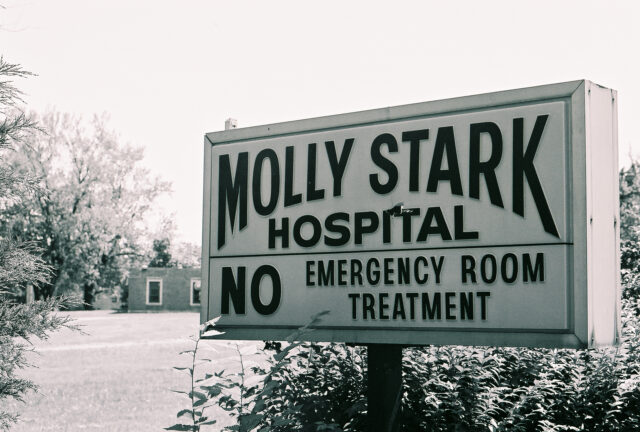
Life at Molly Stark Sanatorium was regimented and centered around the patients’ recovery. Days began early with fresh air treatments, where patients wrapped in blankets would sit on the balconies irrespective of the season, believing that the cold air would kill the tuberculosis bacteria. Meals were nutritious and designed to boost the immune system, and rest was considered just as crucial as medication. Despite the strict routines, there was also an element of camaraderie and hope among the patients and staff, which helped many endure the long and often lonely fight against the disease.
The daily life of patients was punctuated by various therapeutic and recreational activities designed to keep them happy throughout their stay. From music therapy sessions to simple games, the staff at Molly Stark Sanatorium made considerable efforts to ensure that life within the facility was as enriching and normal as possible. These activities not only helped in physical recuperation but also provided much-needed mental and emotional relief.
The decline of the Molly Stark Sanatorium
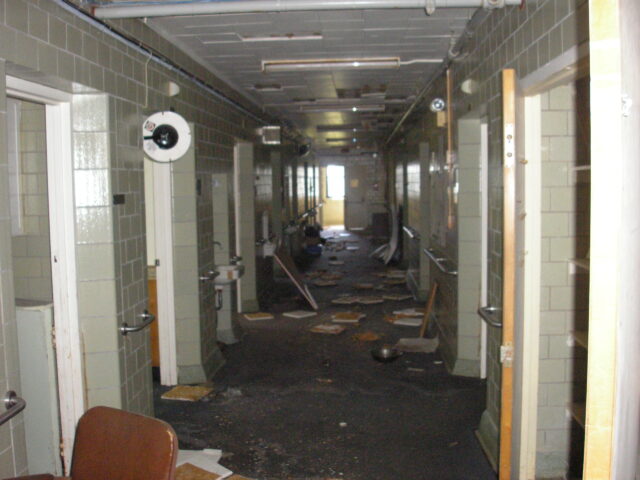
As advancements in medical science led to the development of effective antibiotics for tuberculosis, the need for sanatoriums waned considerably. Molly Stark Sanatorium closed its doors in 1995, transitioning briefly into a geriatric facility before being completely abandoned. The building, once alive with the bustle of nurses and the laughter of children playing on its grounds, now stands silent. Its peeling paint, broken windows, and overgrown pathways tell a poignant story of its glorious past and subsequent decline.
The transition from a bustling medical facility to an abandoned structure was not immediate. For a time, the building served various administrative functions and was even considered for other medical uses. However, as newer facilities were built and the old building required significant renovations, it was eventually left vacant. This abandonment marked the end of an era for the once-thriving sanatorium.
Paranormal activity and ghost stories
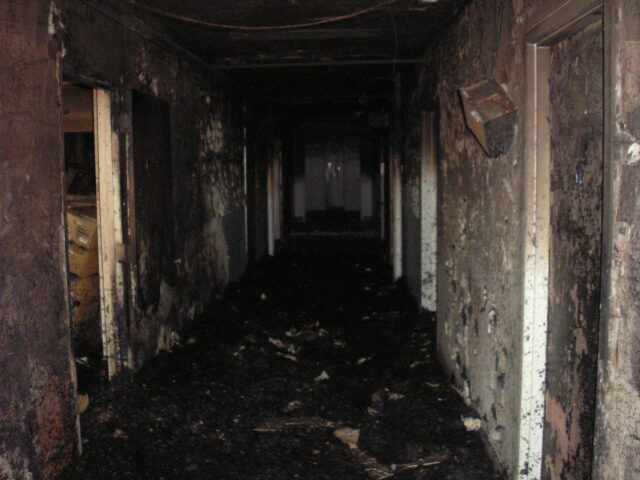
Its abandonment has given rise to numerous ghost stories and legends. Paranormal investigators and curious visitors report eerie occurrences, such as unexplained noises, shadowy figures, and sudden drops in temperature. These tales add a mysterious allure to the sanatorium, making it a popular destination for those fascinated by the supernatural. Whether these stories are mere folklore or have elements of truth, they have certainly contributed to the mystique of Molly Stark.
The tales of paranormal activity have not only attracted ghost hunters but have also been a boon for local tourism. Events and tours are often organized, especially around Halloween, to capitalize on the sanatorium’s eerie reputation. These events help to educate the public about the history of the facility while offering a spine-tingling experience for thrill-seekers.
The sanatorium is a hub of urban exploration

In recent years, the sanatorium has captured the imagination of urban explorers. Its haunting beauty and dilapidated charm make it an ideal spot for exploration. Urban explorers are drawn to the thrill of uncovering its hidden nooks and forgotten stories. Over time, the sanatorium has become an iconic historical site for both its historical significance and its mysterious dilapidated allure.
The visual appeal of Molly Stark Sanatorium extends beyond the eerie and abandoned. Its architectural significance and historical context provide a rich tapestry for creative expression. Artists and historians alike find value in preserving and interpreting its aesthetics, contributing to a broader understanding and appreciation of its place in history.
Preserving the legacy of Molly Stark Sanatorium for future generations
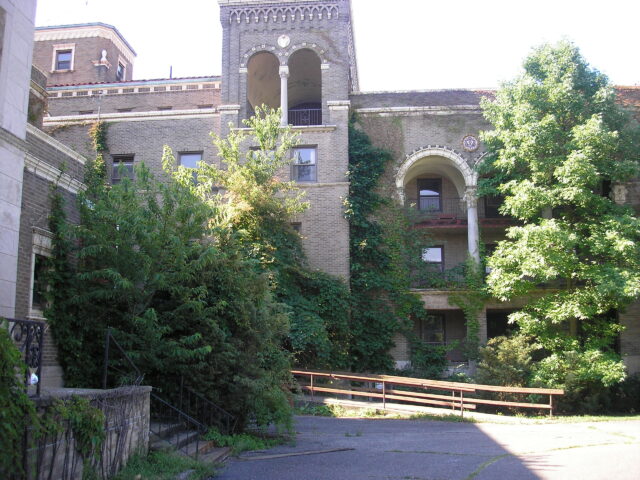
By preserving Molly Stark Sanatorium, the memories of those who walked its halls are maintained and ensure that future generations can learn from and appreciate its historical significance. In 2008, the county board agreed to purchase the property for $1 and has since worked to remove the harmful asbestos from the property. The site is being maintained, keeping the legacy of the hospital alive.
More from us: Do Spirits Lurk the Halls of the Abandoned Yorktown Memorial Hospital?
The Molly Stark Sanatorium remains a poignant reminder of our past struggles with disease and our ongoing fascination with the stories left behind in abandoned spaces. Its walls, though silent, continue to speak volumes to those who walk its eerie, echo-filled corridors.
